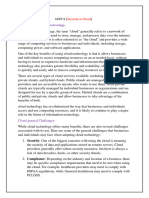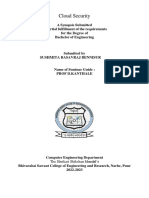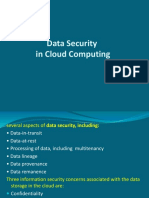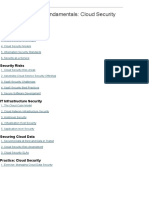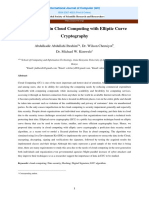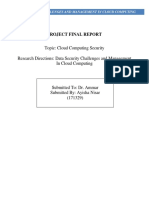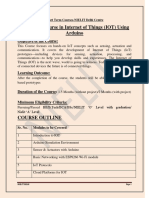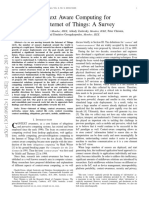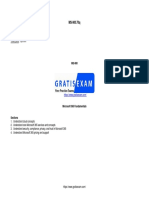0% found this document useful (0 votes)
7 views9 pagesModule 1 - Understanding Cloud Security
Cloud security encompasses policies, technologies, and solutions to ensure safe operation in cloud environments, focusing on confidentiality, integrity, and availability of data. Organizations must implement strong security policies and adopt measures to protect against threats, including unauthorized access and data manipulation. Key strategies include encryption, third-party auditing, and maintaining high availability through disaster recovery plans and redundancy.
Uploaded by
jck03081996Copyright
© © All Rights Reserved
We take content rights seriously. If you suspect this is your content, claim it here.
Available Formats
Download as PDF, TXT or read online on Scribd
0% found this document useful (0 votes)
7 views9 pagesModule 1 - Understanding Cloud Security
Cloud security encompasses policies, technologies, and solutions to ensure safe operation in cloud environments, focusing on confidentiality, integrity, and availability of data. Organizations must implement strong security policies and adopt measures to protect against threats, including unauthorized access and data manipulation. Key strategies include encryption, third-party auditing, and maintaining high availability through disaster recovery plans and redundancy.
Uploaded by
jck03081996Copyright
© © All Rights Reserved
We take content rights seriously. If you suspect this is your content, claim it here.
Available Formats
Download as PDF, TXT or read online on Scribd
/ 9





